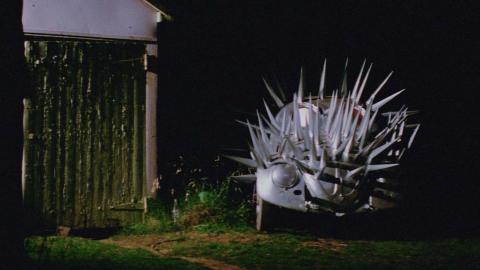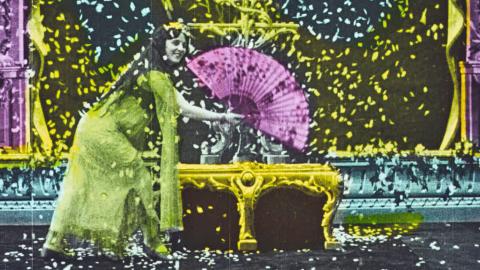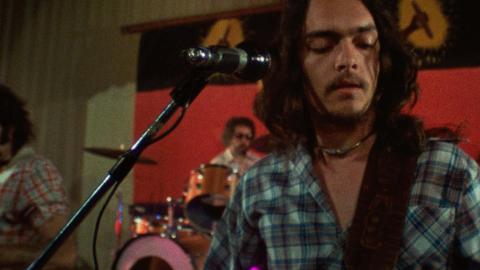
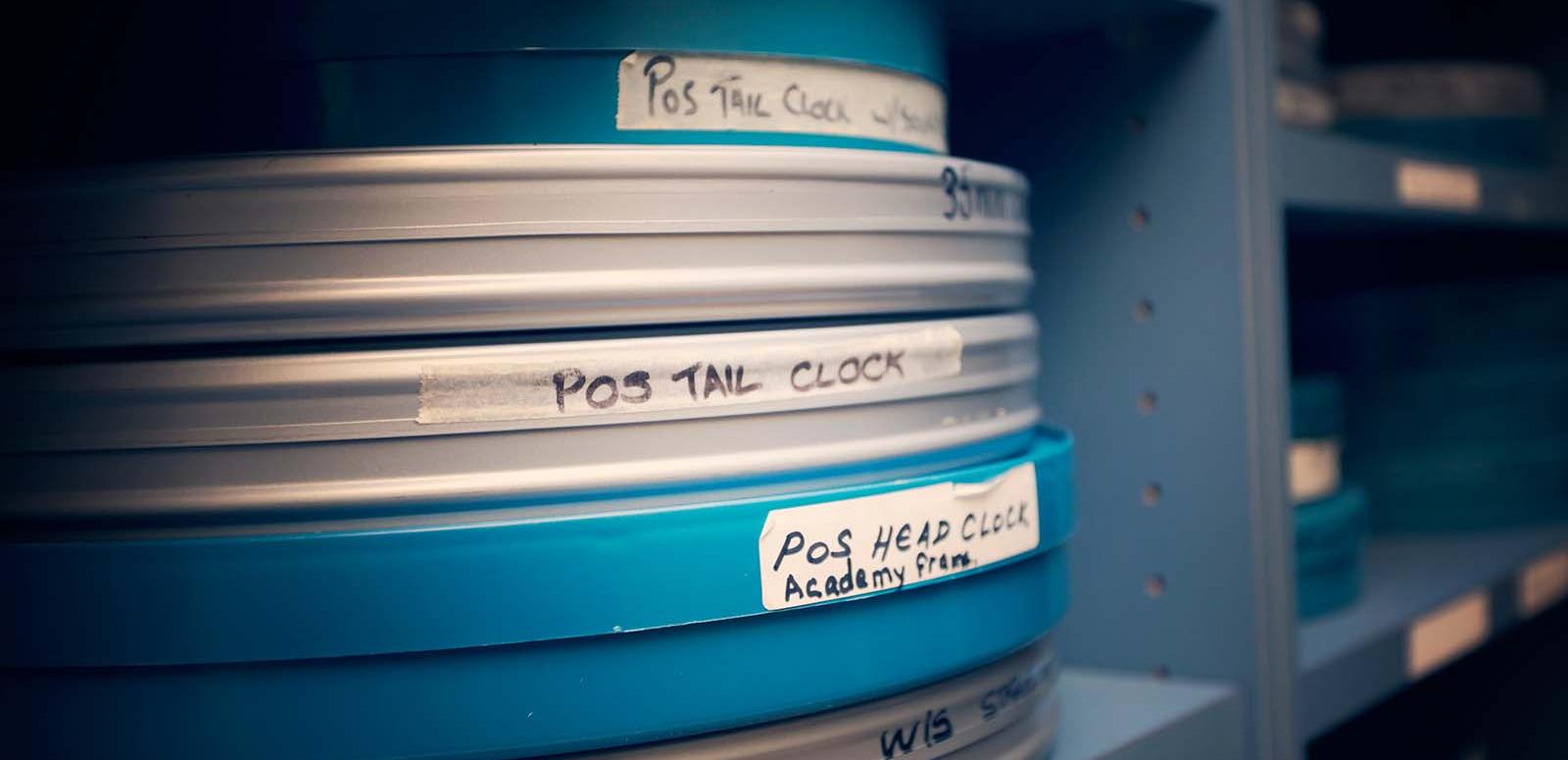
Restoration and preservation at Cineric
Craig Dingwall is visiting the USA in May as part of the NFSA’s George Eastman House exchange program. Craig is a telecine operator (the process of transferring motion picture film into video form) and colourist in the NFSA preservation team.
Cineric is considered one of the industry’s finest film restoration and preservation companies, fusing traditional photochemical processes with the latest in digital technology. Founded in 1982, the facility has restored and preserved over 1000 films for many movie studios and cultural institutions. Cineric completed the world’s first black-and-white 4K restoration on Stanley Kubrick’s Dr Strangelove (1964), in 2006. Their services include digital intermediate services at 2K and 4K, DCP, production of colour intermediate neg, pan-separation masters and fully corrected sound answer prints.
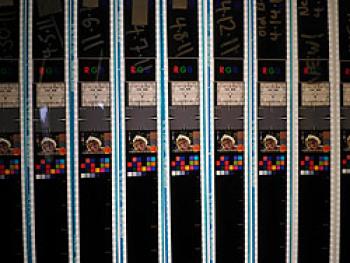
I met with Ulrike Reichhold who gave me a tour of their facility. To start with we had a look at their film preparation section, which included winding benches, light boxes and splicing equipment. Uli mentioned that Cineric can sometimes receive around 100 cans of film for one project, of which they have to sort via synchroniser in this film preparation section. They handle just about every film gauge available. For the gauges they don’t have, there is a mechanical engineer to make equipment that will allow them to work with the material.
I told them that our mechanical engineer, Wayne Young, was able to perform such feats as well.
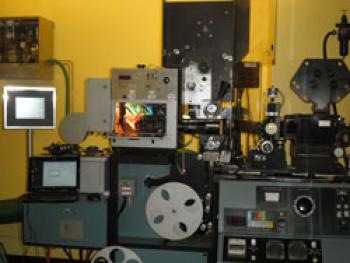
We moved onto the film printing section which also houses Cineric’s film scanner. Uli mentioned that they had the capability of creating tri-separation copies of films, as mentioned above. For those unfamiliar with the process, colour films are sometimes duplicated by preparing three separate strips to record the red, green and blue components of the original negative by printing three times onto panchromatic black-and-white stock through the corresponding colour filters. The scanner that Cineric uses is an Oxberry Cinescan, which has the capability to scan at 2K and 4K resolutions.
Once these files are complete they can be used for colour grading or restoration purposes.
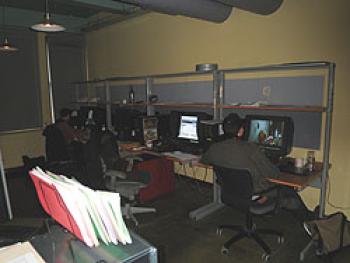
The next part of the tour was Cineric’s digital restoration section. This is housed in a large, darkened space. Through an adjacent window you can see Cineric’s large server room. The restoration section has four DaVinci Revivals, with an operator for each section. I saw an example of this product in 2001 during a trip to Singapore. Each of these is driven by a Linux box. I spoke to Daniel DeVincent, head of Cineric’s digital services, who said that Revival was very reliable and offered pleasing results.
They mainly use them to rid a film of the scratches and sparkle that occurs in films. This is a very busy section indeed.
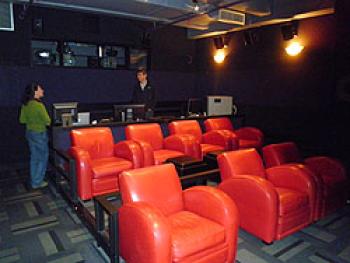
For the last section of the tour we visited the colourist suite, which consists of a Lustre colouring system housed in a mid-sized cinema with about eight theatre seats. At the front of the theatre is a cinema screen and up the back is a projection booth containing a DLP projector for digital intermediate work. The projection booth also contains a film projector which is able to sync with the DLP projection, enabling split-screen comparisons to be made between the digital work and the final composite print. I had a short chat to their colourist before he headed off to lunch and found it interesting that they use the same colouring system as E-film in Sydney.
When the tour was over, I had the opportunity to meet Cineric’s president, Balazs Nyari. We chatted for over an hour, I told him about the NFSA and showed him my many photos. I also left him with a number of our pamphlets. Balazs told me many things about Cineric’s past. Notably, they had been responsible for the digital effects in TRON (1982), an early example of film digitisation technique. On parting, Balazs said he was more than happy to answer any questions the NFSA may have as we move into our own film digitisation activities. He also mentioned that if we have any tricky restorations needed in the future, that they would be more than happy to help us out as they have dealt with many cultural institutions in the past.
The National Film and Sound Archive of Australia acknowledges Australia’s Aboriginal and Torres Strait Islander peoples as the Traditional Custodians of the land on which we work and live and gives respect to their Elders both past and present.
